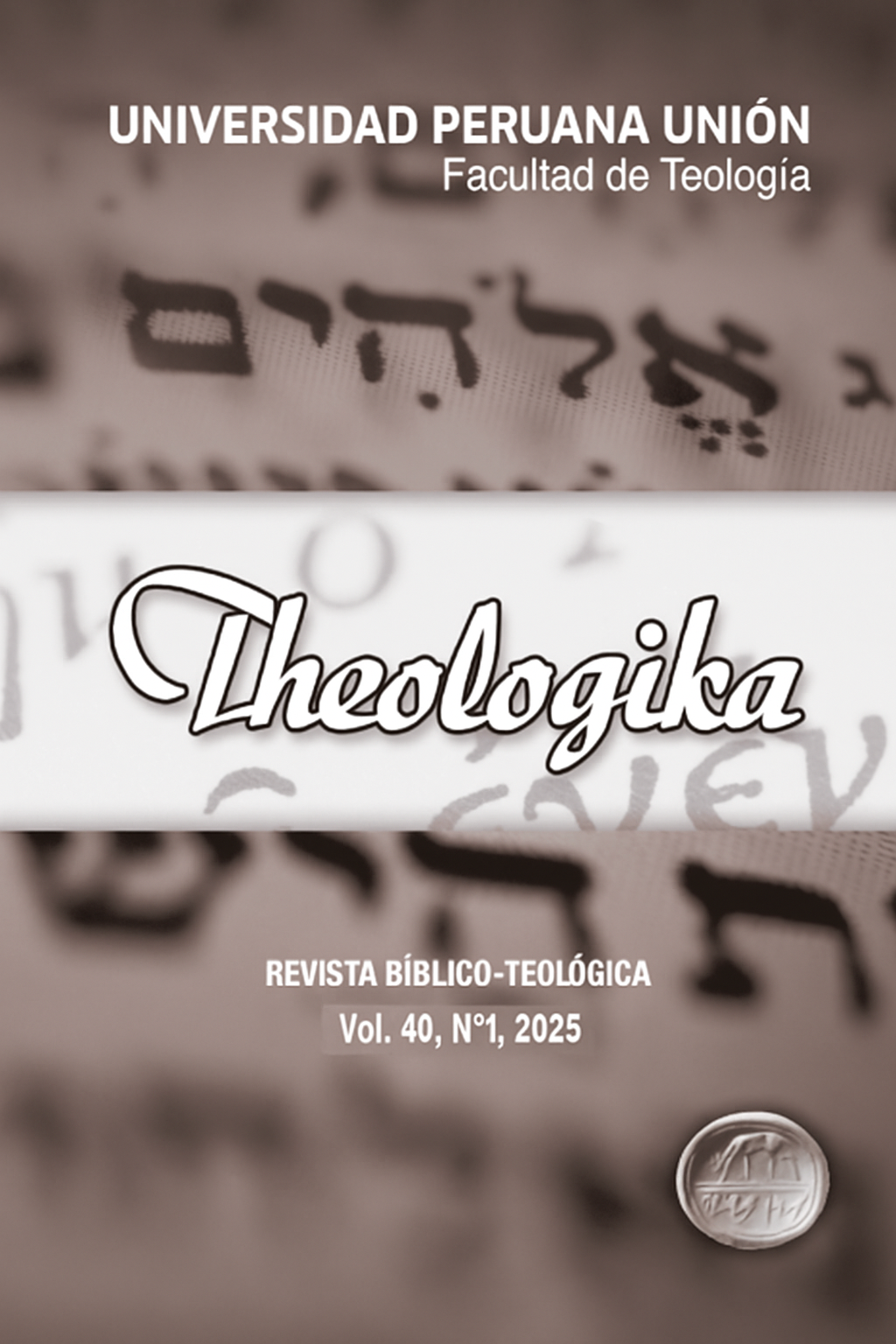IDENTITY OF THE BEAST AND OF THE SEVEN KINGS OF REVELATION 17:9–11: AN ASSESSMENT OF INTERPRETATIVE TRENDS WITHIN THE CONTEMPORARY SEVENTH-DAY ADVENTIST CHURCH
Evaluación de las Tendencias Interpretativas dentro de la Iglesia Adventista del Séptimo Día Actual
DOI:
https://doi.org/10.17162/b8db6z17Keywords:
Seven Kings, Beast, Identity, Hermeneutics, Seventh-day Adventist ChurchAbstract
This article analyzes Revelation 17:9-11 and the reason of the divergent interpretations that arise despite the common use of the historicist method. Methodologically, it compares representative Adventist lines through micro- and macroexegesis within canonical hermeneutics (Daniel–Revelation unity, recapitulation, and intertextual analysis). The findings are: (1) regarding the beast, three lines are identified—Satan; papal Rome; and a power with three manifestations (Rev. 12; 13; 17)—and analysis favors the second due to structural and narrative parallels between Rev. 13 and 17 (authority received, “was/is not/is to come,” amazement, blasphemy/war against the saints); (2) regarding the seven kings, two lines emerge—one beginning with Babylon and the other with Egypt—and, based on the Daniel–Revelation unity, symbolism and recapitulation, the sequence must begin with Babylon.
Downloads
Downloads
Published
Issue
Section
License
Copyright (c) 2025 Oscar S. Mendoza

This work is licensed under a Creative Commons Attribution-NonCommercial 4.0 International License.
- The authors retain their copyright but assign to the journal the right of the first publication, with the work registered under the Creative Commons attribution non commercial (CC BY NC) license, which allows third parties to use the published information for non commercial purposes as long as they mention the authorship of the work and that it was first published in this journal.
- Authors may make other independent or additional contractual arrangements for non-exclusive distribution of the version of the article published in this journal (eg, include it in an institutional repository or publish it in a book) as long as it clearly indicates that the work was first published in this journal.
- Authors are encouraged and advised to publish their work on the Internet (for example, on institutional or personal pages) before and during the review and publication process, as it can lead to productive exchanges and a greater and faster dissemination of the published work (see The Effect of Open Access).





